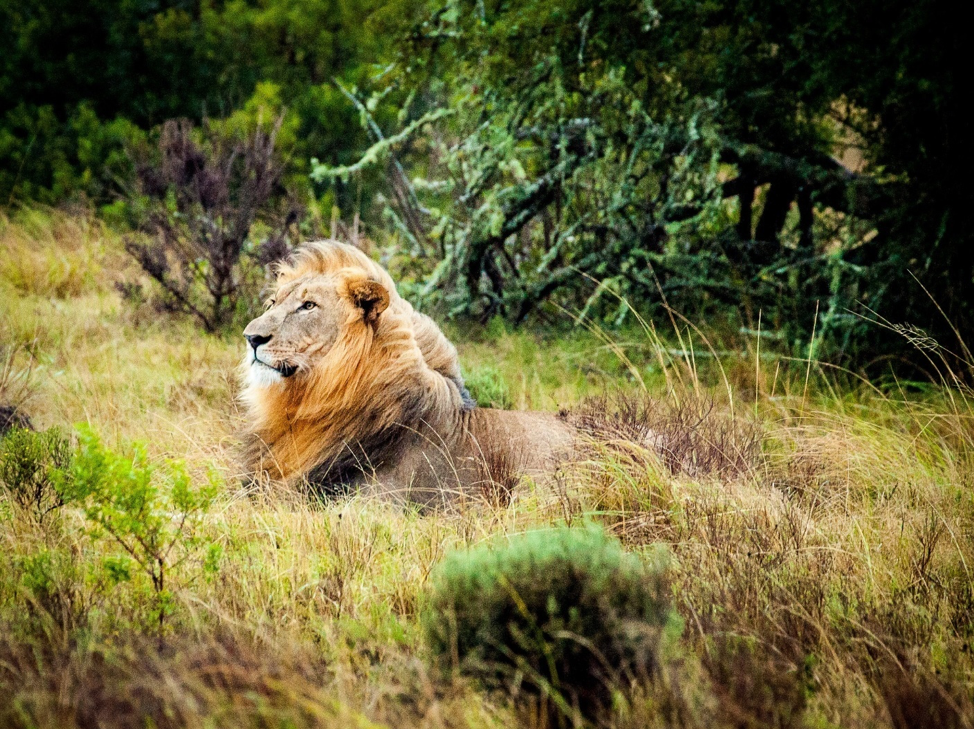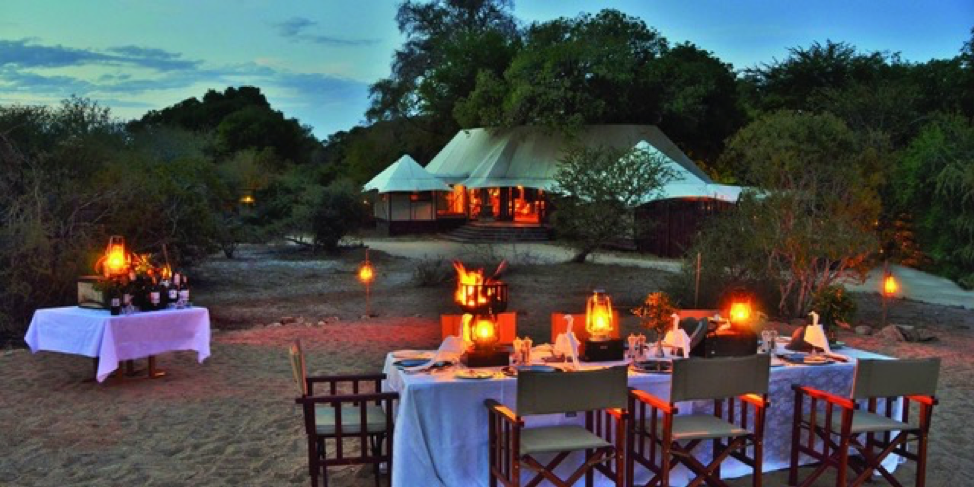One of the most common New Year’s resolutions is to travel more, and what better way to fulfill that sense of winter wanderlust than with a spectacular vacation in South Africa? Blessed by a mild sub-tropical climate, stunning coastline, majestic mountain ranges and the varied landscape of no less than 8 major geographical regions, this intriguing land is hard to beat when it comes to travel destinations with something for everyone.
The Allure of South Africa
One of the most exciting ways to explore South Africa’s breathtaking savannah – or highveld – is by safari. The area is rich with wildlife, much of it unique to the region, and for many visitors, the experience of viewing wild animals in their natural habitat is not only thrilling but life-changing. With outstanding wildlife-viewing opportunities in many of the most world-renowned game reserves in Africa – such as Kruger National Park – and an abundance of reputable tour operators, South Africa is one of the top safari destinations on the continent. Magnificent Cape Town is the jumping-off point for many of these adventures; South Africa Cape Town tours offer wonderful opportunities for both seasoned safari-goers and those new to the experience to explore local reserves and parks.
Not all safaris are the same, however. Some are designed for active adventurers who are accustomed to camping, trekking, and very hands-on experiences, while others are more geared to those whose idea of outdoor adventure might revolve around five-star lodge accommodations, shorter outings, and fine dining throughout. Certain safaris cater to those with special interests in bird or animal migration, photography, hot-air ballooning or wildlife conservation. Finally, some safaris are designed as a group or guided tour experiences, while others – for the most intrepid explorers – are entirely self-guided adventures.
What to Expect – and What Might Surprise You – on Your South African Safari
Ask any two aspiring safari-goers what most interests them about safari travel, and you’re sure to hear, from one or both, “seeing the Big Five!” – referring, of course, to the five animals that have traditionally posed the greatest threat to hunters. The excitement of viewing a lion, elephant, rhino, buffalo or leopard in its own environment tops the list of thrilling adventures for even the most experienced travelers. Lions, African elephants, rhinoceros and Cape buffalo are usually the easiest to spot out of the group, whereas leopards, well-camouflaged and nocturnal, are typically the most elusive. Some of these magnificent animals are more likely to be spotted in one region or park than in others – Addo Elephant National Park, for instance, is home to over 600 elephants – but chances are excellent that you’ll enjoy a viewing or two of one or more of the “Big Five” no matter where your safari takes you.

A typical day on safari depends very much on the time of year, location, and the type of safari you are on, but traditionally the day starts out, in temperatures often cooler than one might expect, with a game drive. Outings during these early morning hours and at dusk are especially thrilling, as wildlife activity – prime hunting time, for many predators – is at its peak. Following breakfast back at camp, you will likely enjoy what is considered a highlight of the safari for many: a mid-morning bush walk. These thrilling, informative bush walks into the wilderness allow guests to truly experience the wonders of the bush and connect with their surroundings in a very tangible way; small details which may be overlooked from a vehicle – the distinctive sound of a guinea fowl, the smell of wet earth after a sudden thunderstorm, up-close views of a hippopotamus at a watering hole or the engineering masterpiece of a termite mound – provide visitors with a much deeper understanding of the savannah’s ecosystem. Lunch in camp is often a generous buffet serving a variety of dishes (salads, fruit, soups, baked breads, hot and cold entrees including grilled or cold meats, and pasta) made from the freshest local ingredients. After a rest during the heat of the afternoon, you might venture out again for a late day game drive, and, finally, a return to camp in time for cocktails and a delicious dinner.

Accommodations range from top-of-the-line, luxurious lodges – most fully inclusive, offering breakfast, lunch, and dinner in addition to coffees, teas and snacks on-site and on excursion – to hotels and luxury tents. Fresh water, electricity, bath, and shower facilities are provided as well as ongoing, detailed instruction regarding safety measures both in camp and in the bush. Meals are hearty and plentiful, often featuring game meat and game birds and a variety of fresh fruits, vegetables, and starches; beverages range from simple Rooibos (redbush) tea, perfect for cool mornings, to local coffees, spirits, and wine.
Typically located in more remote areas of most parks and reserves, safari camps allow guests to feel as close to nature as possible, with individual tents or huts offering broad, uninterrupted views of the savannah. Visitors are often treated to the thrilling sights and sounds of wildlife wandering through camp during the day and are immersed in a wild chorus of nighttime noises – the roaring, snorting and bellowing of animals hunting or grazing, in very close proximity – after the sun goes down. A centrally located dining area and fire pit offer plenty of opportunities for socializing, even for the youngest members of the group; some camps even offer both fun and educational kids’ programs!

For those who desire a more customized experience, a private, personalized safari provides a unique adventure that can be curated to individual needs and preferences. The expert guidance of professional trackers and rangers on immersive bush walks and game drives is always provided, as well as luxury accommodations including full meals and snacks and, often, relaxing pools and deluxe spa facilities.
Essentials for your African safari vacation include the proper clothing – light-colored shirts and pants (neutral tones reflect heat, blend into the environment more easily and tend not to attract as many insects as darker colors), a swimsuit (a number of lodges have swimming pools), good walking shoes, sun hat, and a warm and waterproof jacket for early morning and early evening game drives. Also critical are a flashlight, sunscreen, first aid kit, phone or electronics charger, and any medications or other personal items you might need. Finally, South Africa is a photographer’s dream, so don’t leave behind a good camera and the best pair of binoculars you can afford.
For more tips, ideas, and advice for planning your perfect South African safari, visit us at westcuratedtravel.com.